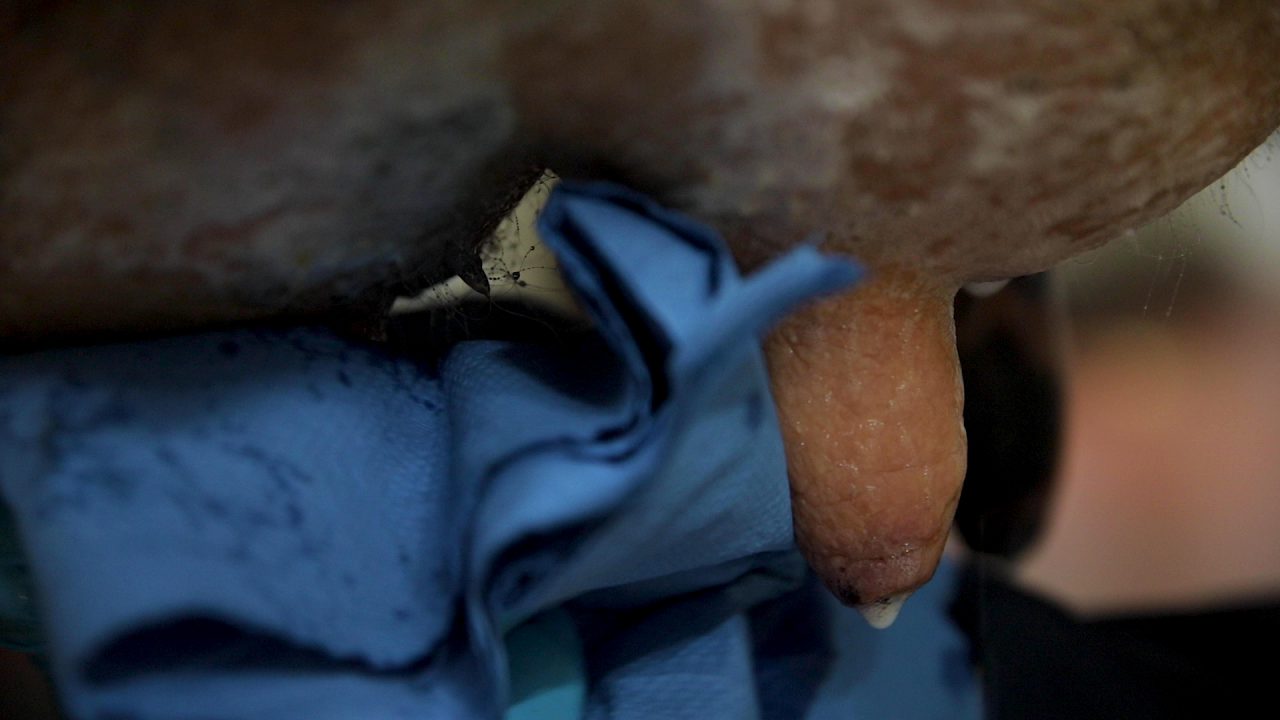The drying off of early spring-calving cows for next spring is now just over two months away, which means farmers must start preparing.
The drying-off process is an important period and can have a major impact on cows’ subsequent lactation.
Spring-calving
Ahead of drying-off you need to assess the body condition score (BCS) of your cows.
Ideally, cows need to be in a BCS of 3.0-3.25 at drying-off, so they should be fairly close to that score now.
Cows that are in a BCS that is too low should be dried off early and the cows should be allowed to build condition during the dry period.
It is also advisable to dry-off heifers/first-lactation cows early, to allow them recover and build condition.
Silage
Getting your silage tested will also help for the planning of drying-off cows.
The dry matter digestibility (DMD) of your silage will help to determine how long of a dry period may be required.
Poor-quality silage may mean a longer dry period is required to allow cows to build condition, otherwise some supplementation may be required.
On farms where high-quality silage in present, cows should be able to build condition easier, but there is also a risk of cows becoming over-conditioned.
Milk recording
Ahead of drying-off you should make sure that you have the most up-to date information on your cows’ somatic cell counts (SCC).
This information on SCC is important as dairy farms move into a period where selective dry-cow therapy (SDCT) becomes the norm.
2022 is the first year when SDCT has had to be used on farms; only cows that require an antibiotic at drying-off will receive one from now on.
Before drying-off takes place a milk recording is also advisable, to get a understanding of where your cows are.
Ideally, your last milk recording should take place 30 days before drying-off.
